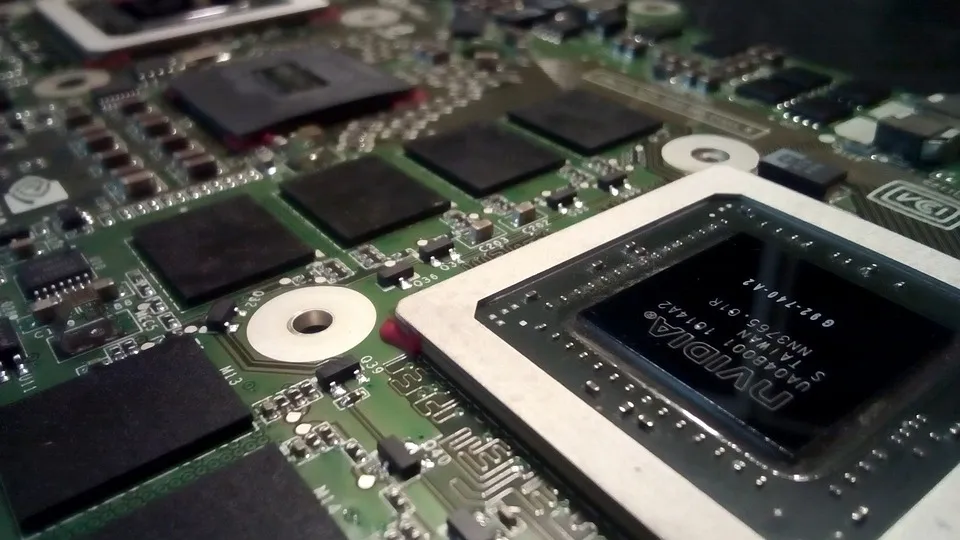
A critical vulnerability has been identified in NVIDIA’s systems, raising significant concerns within the cybersecurity community. The flaw, designated as ZDI-CAN-25682, was discovered by researchers David Fiser and Alfredo Oliveira from Nebula of Trend Micro. With a CVSS score of 6.5, the vulnerability represents a moderate risk, potentially allowing unauthorized modifications and limited disruptions.
Discovered 18 days ago, the flaw highlights the ongoing challenges faced by tech giants in safeguarding their platforms. As the countdown begins for NVIDIA to address this issue by March 2025, the industry watches closely for any repercussions that might arise from such vulnerabilities.
Discovering the Flaw
The vulnerability was first identified on November 5, 2024, by cybersecurity experts David Fiser and Alfredo Oliveira. These researchers are part of the Nebula team at Trend Micro, a well-respected firm in cybersecurity. The discovery underscores the critical role that security researchers play in identifying potential threats before malicious actors can exploit them. The flaw carries a CVSS score of 6.5, indicating a moderate level of danger. It can be exploited remotely without user interaction, making it a significant concern for users and administrators.

Experts in the industry have emphasized the importance of early detection and communication regarding vulnerabilities. “The identification of such vulnerabilities is crucial for preventing potential breaches,” says cybersecurity analyst Maria Torres. The work of researchers like Fiser and Oliveira helps to keep our systems secure and ahead of potential threats.”
First Discovery
The vulnerability was discovered on November 5, 2024, and reported to NVIDIA immediately. The disclosure occurred promptly, within industry-standard practices to ensure a quick response. Although the vulnerability was identified and reported in early November, NVIDIA has a deadline extending to March 5, 2025, to develop and deploy a fix or workaround. This timeframe allows the company to thoroughly test the patch and ensure its effectiveness before releasing a public advisory.
This period is crucial for NVIDIA to coordinate with cybersecurity professionals and ensure that any measures taken are comprehensive and do not adversely affect system performance. “We must balance the urgency of patching vulnerabilities with the need to maintain system stability,” notes John Davies, a systems security expert.
Implications for NVIDIA Users
The vulnerability poses specific risks for NVIDIA users worldwide. While the CVSS score indicates a moderate threat, the potential for unauthorized access and limited data impact cannot be ignored. The flaw could allow attackers to modify information and cause limited disruptions, which could have broader implications depending on how widely NVIDIA’s systems are integrated into various technologies.
This vulnerability may affect NVIDIA’s broad user base, including gamers, developers, and industries relying on its computing power. The company’s response to this challenge will be critical in maintaining user trust. “Customers expect swift action when it comes to their security,” remarks Sarah Lin, a technology consultant. How NVIDIA handles this situation will testify to its commitment to its users.”
Expert Insights and Industry Reaction
Industry experts have been vocal about the need for companies like NVIDIA to remain vigilant in the face of emerging threats. The cybersecurity landscape is constantly evolving, and companies must be prepared to adapt quickly. The discovery of ZDI-CAN-25682 serves as a reminder of the continuous battle between cybersecurity professionals and potential attackers.
Security analyst Mark Johnson highlights the importance of collaboration between companies and researchers in addressing such vulnerabilities. “The partnership between security researchers and companies is vital,” he says. “By working together, they can ensure that vulnerabilities are addressed before they can be exploited maliciously.”
Looking Ahead
The industry is watching closely as NVIDIA develops a patch by March 2025. The company’s response will affect its user base and set a precedent for how similar vulnerabilities are handled in the future. Though moderate, the potential impact of this flaw underscores the need for robust security practices and proactive risk management.
Users should stay informed and ensure that their systems are updated with the latest security patches as they become available. As the deadline approaches, many are hopeful that NVIDIA will effectively address the vulnerability, reinforcing the importance of cybersecurity in an increasingly digital world.

Carl Riedel is an experienced writer focused on using Open Source Intelligence (OSINT) to produce insightful articles. Passionate about free speech, he leverages OSINT to delve into public data, crafting stories that illuminate underreported issues, enriching public discourse with perspectives often overlooked by mainstream media.






